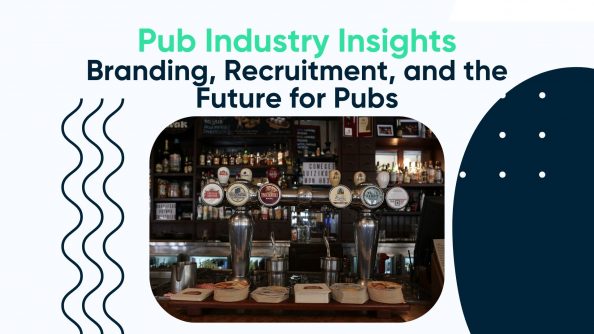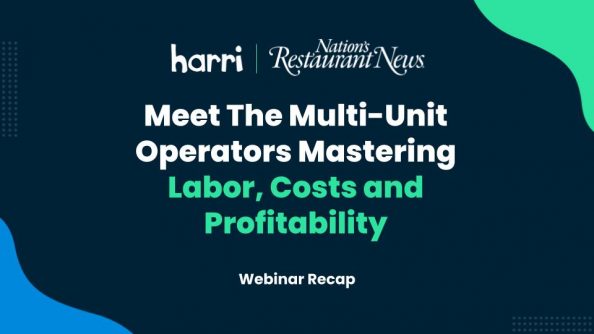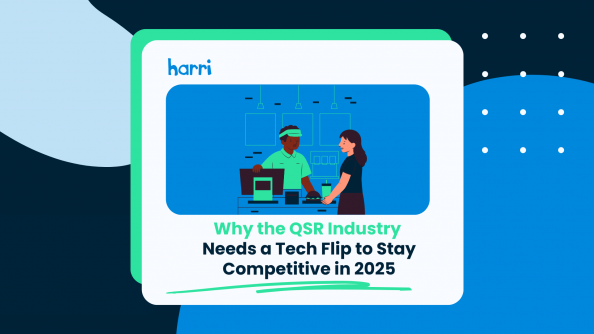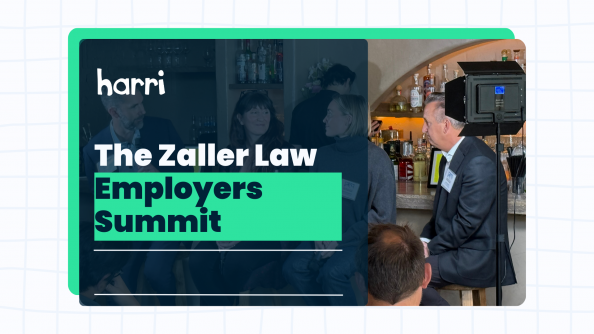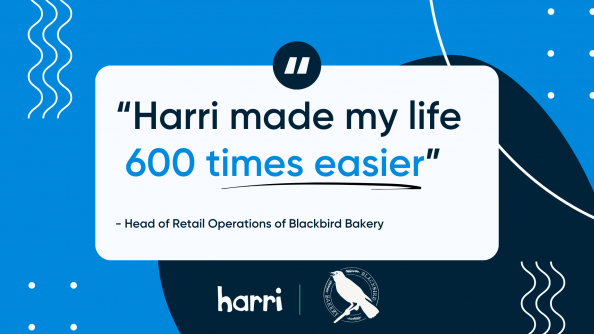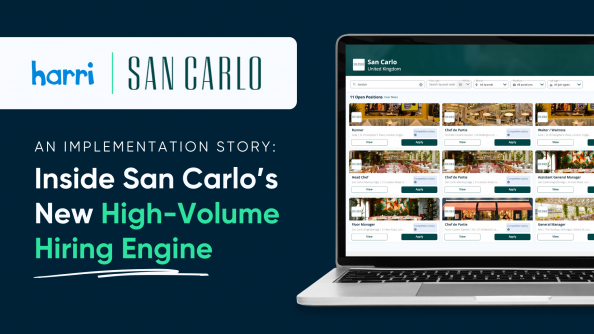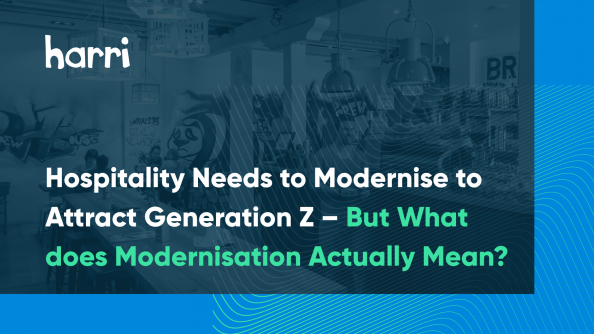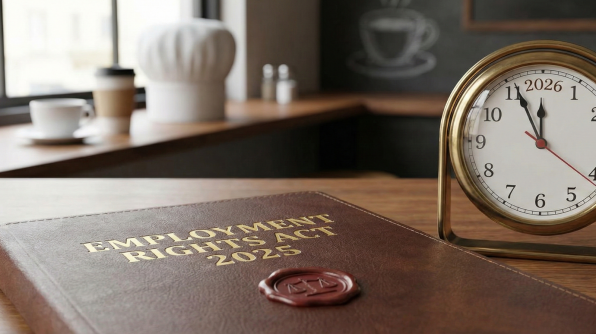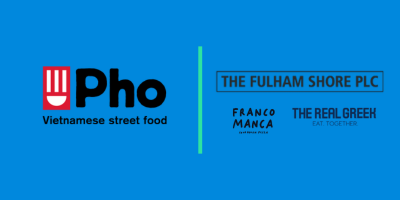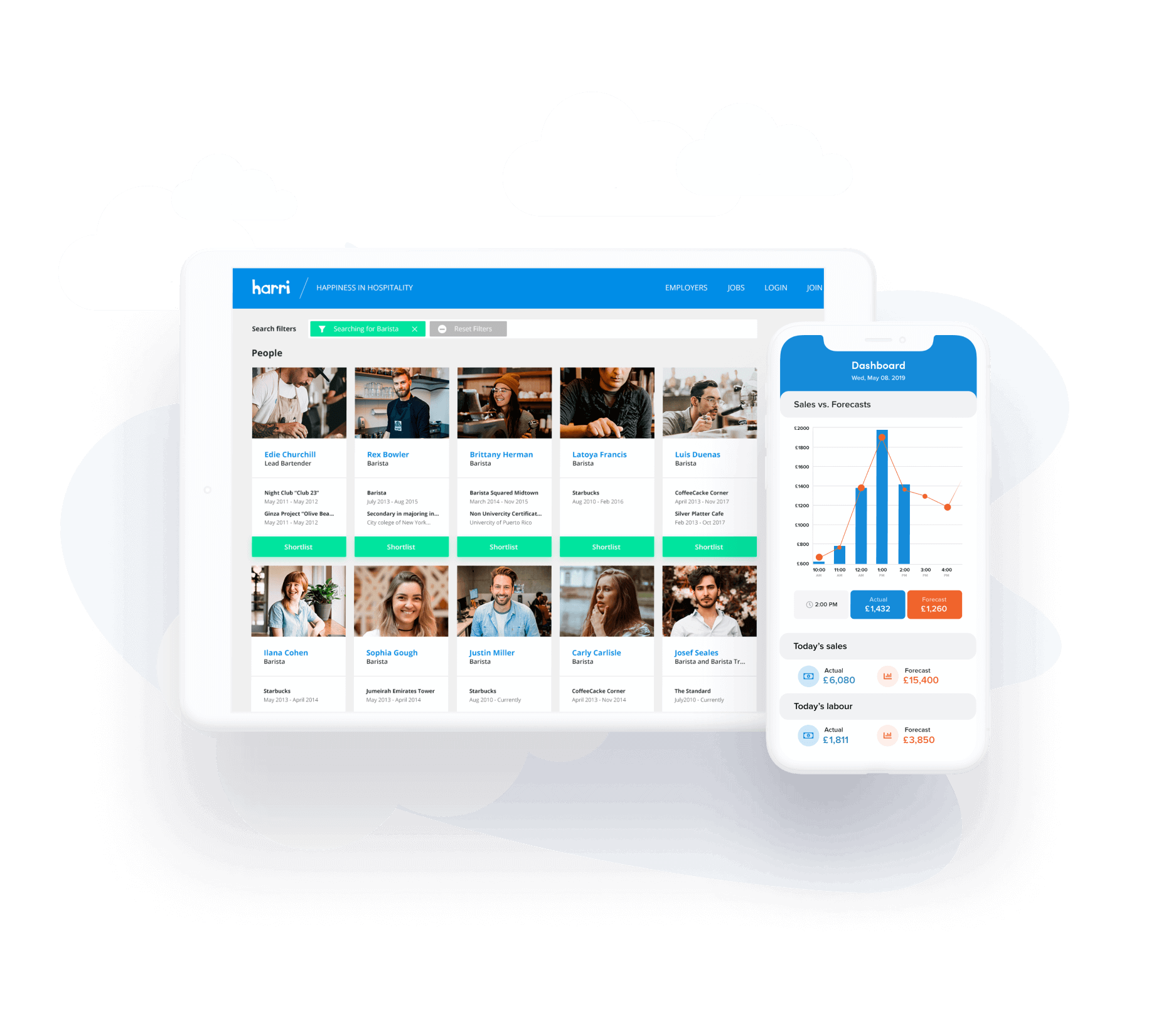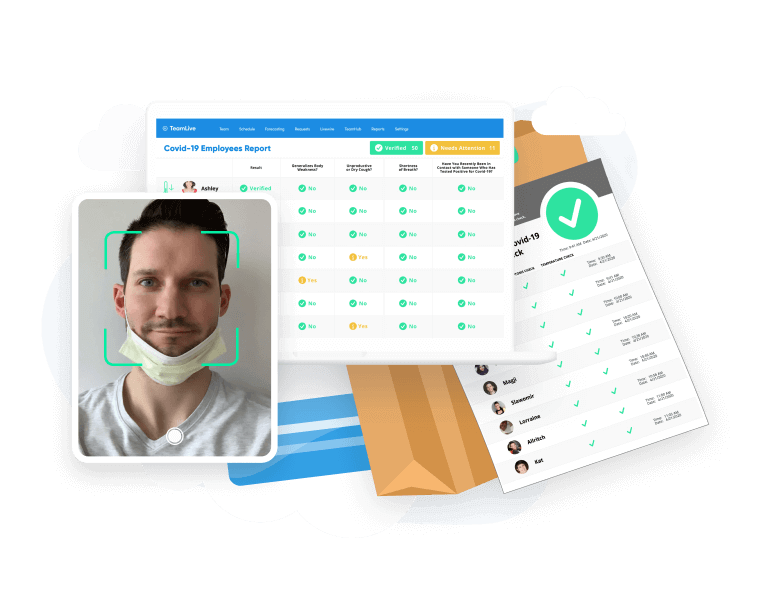A Reset for the Pub? Insights from the Front Lines
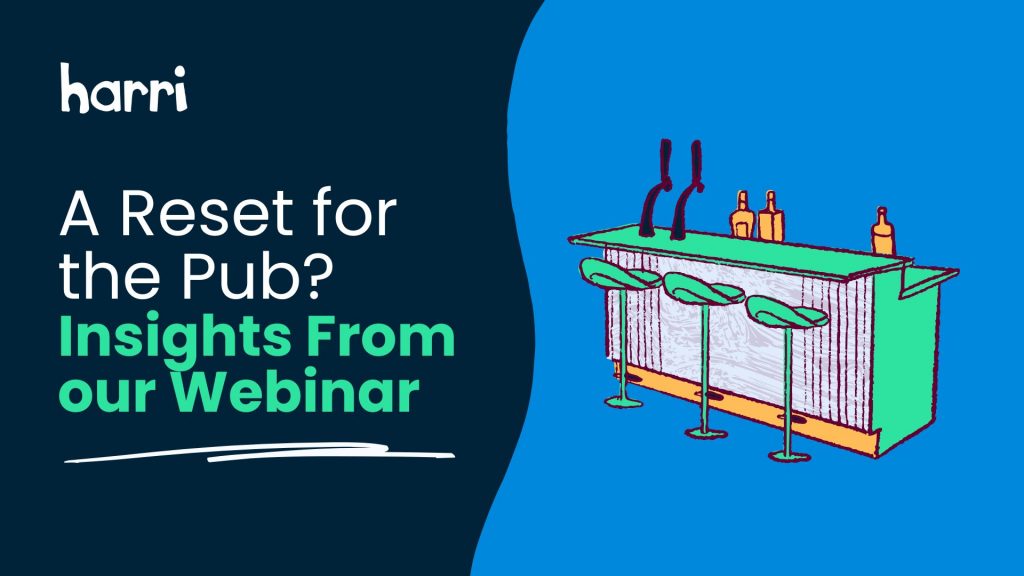
- By Harri Insider Team | April 8, 2025
Cost pressures on pubs have reached a fever pitch. Margins are being squeezed tighter, labour costs are soaring, and customers expect more. Is the industry needing a reset or simply evolving?
Harri’s recent webinar, hosted by Peach 20/20’s Peter Martin, brought together three pub leaders with unique perspectives: Jonathon Swain, Managing Director of Pubs at Shepherd Neame, Richard Ferrier, CEO of Heartwood Collection, and Bex Wilkins, founder of Makers of Hospitality. They shared strategies for building resilience in today’s demanding environment.
Reset or Reality Check? The State of the Pub Sector
Is the pub sector truly at a reset moment? Our panellists offered different perspectives.
“Reset is quite a big word… I think it’s an adjustment,” shared Swain. “Pubs have been around for a while, they’re embedded into the psyche. That’s not a reason to exist, but it does give you confidence that we can adapt to meet these changing conditions and we’ve adapted before, we adapted through COVID, we adapted in 2008, we adapted in the early 90s…”
For Richard Ferrier, the current landscape presents unprecedented challenges:
“We certainly have a cocktail of conditions that leaders like us haven’t faced before. We’ve got a challenging consumer environment in terms of sales. The economy is relatively sluggish and trying to drive volume growth is quite difficult. So we may be looking at market share as well.”
“There were a lot of independents out there, like there are chains, that are just doing an average job, and I think those are the ones that unfortunately aren’t succeeding,” shared Wilkins. “Finding your position in the market, finding what you’re really great at and just doing it really well – there is success to be had.”
The consensus? The pub isn’t dying – it’s evolving. But that evolution demands excellence, focus, and operational clarity like never before.
Mitigating Financial Pressures: Labour Cost Control
The minimum wage increase in April will hit margins hard, forcing operators to seek every efficiency. Jonathon Swain acknowledged the pricing reality:
“There’s some price and those of us that watch the prices like a hawk, we’re seeing prices going up around us. People are responding right now to that price challenge.”
But price increases alone won’t solve the problem. Swain emphasized a pragmatic approach to gross margins:
“That’s important because underneath your gross margin you have your labour costs, your utilities and all the other things. Be super clear about your gross margins, and what they should look like…”
His point is that operators need absolute clarity on target margins before making operational decisions. However, he cautioned against misguided approaches like, “not focusing on the right behaviors for gross margin and not necessarily ones that diminish the value and quality of the offer.”
In other words, cutting quality to hit margin targets is self-defeating. The goal is finding efficiency without compromising the guest experience. “There’s no silver bullet here, it’s about small savings if you can make it.”
For pub operators, Harri’s workforce management platform provides real-time visibility into staffing levels and predictive scheduling capabilities. When managers can schedule based on data rather than guesswork, they’re better positioned to control costs while maintaining service standards.
Redesigning for Efficiency Without Sacrificing Experience
In the webinar, Richard Ferrier explained how Heartwood Collection redesigned their kitchens to improve service flow and reduce team burnout.
“We’ve had to go back and rejig the kitchens to make them more ergonomic,” explained Ferrier. “That’s driven both efficiency and retention. People like knowing the kitchen is well-designed. It makes their lives easier and helps them stay longer.”
That same mindset now shapes their menu development. Fewer prep steps, shared ingredients across dishes, and clearer kitchen roles all contribute to smoother shifts and better margins.
Operational detail has become non-negotiable for success. When asked about upcoming tech investments, Ferrier mentioned integrating handheld devices that can scan QR codes, print bills, track loyalty, and take orders.
Harri’s workforce management platform helps pub operators achieve efficiency through data-driven scheduling that aligns staffing with demand patterns, cutting unnecessary labour costs while maintaining service quality.
People Strategy: Attracting, Rewarding, and Retaining Staff
With staff costs consuming a significant portion of operating expenses, getting team strategy right has become essential for survival.
Shepherd Neame builds its team culture around customer experience data. “We look at our net promoter score almost every day. We review it with the team every week,” Swain shared. “And that is hardwired into everyone’s bonuses in the pubs.”
Meanwhile, Heartwood Collection embraces a data-driven culture centered on accessibility: “We use Tableau to bring all data together into one place. Everybody gets a suite of reports, really simple dashboards that then help to drive everything.” What makes this work isn’t just the technology but the supportive environment around it. “It’s completely open. There’s a good culture that sits alongside it that says that you’ll support people and help people if there’s a particular issue.”
Makers of Hospitality focuses on fundamental human needs: “We close the first weekend of the New Year so everyone can have a reset after Christmas,” shared Wilkes. “We’ve always paid over the minimum wage. We give everyone their birthday off. That’s a non-negotiable.”
Across these different approaches, clear patterns emerge for engaging and retaining staff:
- Performance transparency: Linking customer feedback directly to team rewards
- Data accessibility: Giving team members the insights they need to succeed
- Work-life balance: Creating intentional breaks and respecting personal time
- Competitive wages: Recognizing value through meaningful compensation
These strategies reflect that in today’s pub environment, your people approach is inseparable from your strategy.
Harri Engage creates exactly this kind of value by automating pulse surveys, delivering recognition, and keeping staff informed through tools they already use. This consistent connection helps predict and reduce turnover without adding admin work for already-stretched managers.
The Future: Fewer But Better Sites
Despite challenges, all three operators can see pathways to growth – they just look different than before.
Heartwood is planning seven new openings, with most sites including rooms. This strategic shift creates stronger conversion potential, lower labour intensity, and a built-in guest base – critical factors in today’s operating environment.
Wilkins already has plans for her next pub, but with a different operational model from the first. “The area demands a different mix of food and drink, and the guest flow is more casual. The model is flexible by design.”
Each operator is defining growth in a way that reflects their capabilities and their guests’ needs. That clarity of purpose is the strategy.
So, Is It a Reset?
Each operator points to the same reality: The pub must change. Operators must revisit operational details. Teams need intentional support. Technology must play a crucial role in overcoming challenges. And while we’ll likely see fewer pubs overall, those that remain will focus operations more tightly.
As Bex Wilkins put it: “There is success to be had. You just have to do what you do really well and go all in.”






